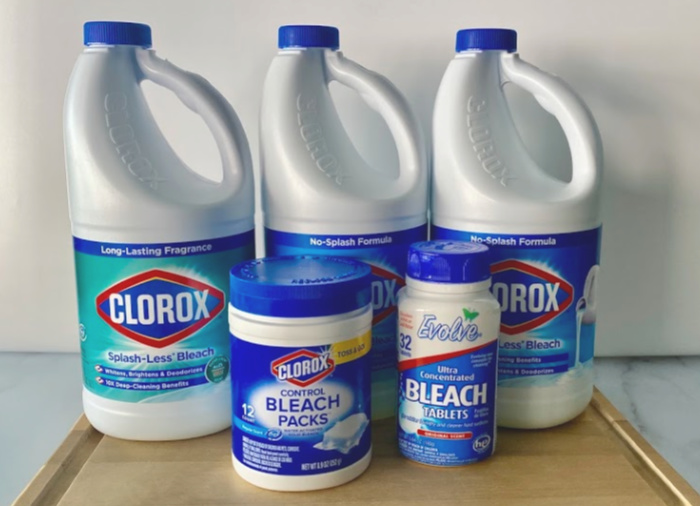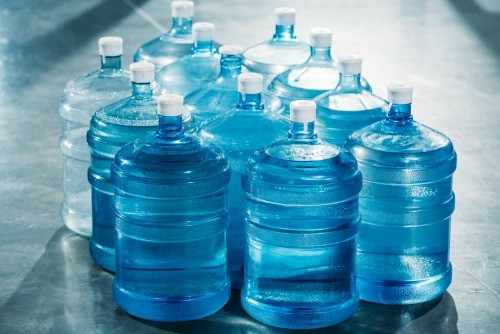One bottle of Water Preserver Concentrate retails for about $15 and treats one 55-gallon drum of water. The Safety Data Sheet lists the active ingredient as 5.25% sodium hypochlorite which is the same active ingredient in bleach. The study referenced on WaterPreserver.com compares stored water treated with Water Preserver to stored untreated. If you are wondering how the reference to a 10:1 bleach solution relates – it is based on the common misconception that 10% equates to the ratios 10:1 or 1:10. Start with:% Sodium hypochlorite Available Chlorine Regular household bleach 5.25% NaChl 50,000 ppm AvChl. Dilute 1 part bleach to 9 parts water for a. 'Since bleach is a dilutable product, it is that ratio of Regular Splash-Less Bleach to water that must be evaluated determine if the solution can properly disinfect.
Q:Is it okay to use diluted household bleach as a mouthwash or in a Waterpik? I’ve heard that some dentists recommend this as an alternative to prescription mouthwashes for preventing or controlling gum disease.
A: It might be, but there’s been too little research to recommend it. We could find only a few small studies testing the effectiveness of rinsing the mouth with a low concentration of sodium hypochlorite (commonly known as bleach) for reducing the plaque that causes or worsens gum disease.
For instance, in a pilot study in the Journal of Periodontal Research in 2014—funded in part by Clorox—researchers at the University of Southern California (USC) School of Dentistry randomly assigned 30 people with advanced gum disease to rinse twice a week for 30 seconds with either 0.25% sodium hypochlorite solution (made by diluting Clorox regular bleach) or plain water for three months. Participants also received professional irrigation under their gums with bleach or water after the first and second week.

Of the 12 people who stuck with the regimen for the full three months, those in the bleach group had less plaque buildup and less bleeding when their gums were probed at six sites than those in the water group.
A review article by one of the above study’s authors, published in the Journal of the Western Society of Periodontology in 2015, concluded that rinsing two or three times a week with 0.25% sodium hypochlorite is “a viable alternative to current antiseptics for dental plaque removal and control of periodontal disease.” The article cited its “convenience and affordability” compared to using commercially available therapeutic mouthwashes, such as chlorhexidine (Peridex and others), which requires a prescription. But the review was based on only four small studies, and one of them was published in 1972.
Of note, higher concentrations of sodium hypochlorite (1% to 5%) have long been used in dentistry for disinfection during root canals. And the American Dental Association Council on Dental Therapeutics has designated 0.1% sodium hypochlorite as a “mild antiseptic mouth rinse.” Although it funded the USC study, Clorox states on its website that its bleach “is not for personal usage,” such as brushing teeth or gargling.

If you are considering rinsing with bleach, check with your dentist first about its advisability and what concentration you should use. For reference, a 0.25% concentration of sodium hypochlorite is equal to 2 teaspoons of regular bleach mixed with 1 cup (8 ounces) of water. A fresh batch must be made each week as the solution weakens over time. Avoid using it more than twice a week, which some sources suggest might cause brown staining on the teeth.
This article first appeared in theUC Berkeley Wellness Letter.
Also seeWhat You Should Know About Mouthwash.
Water Preserver Concentrate Review

